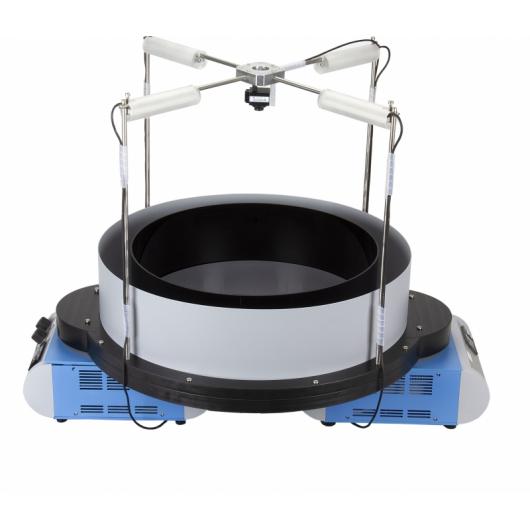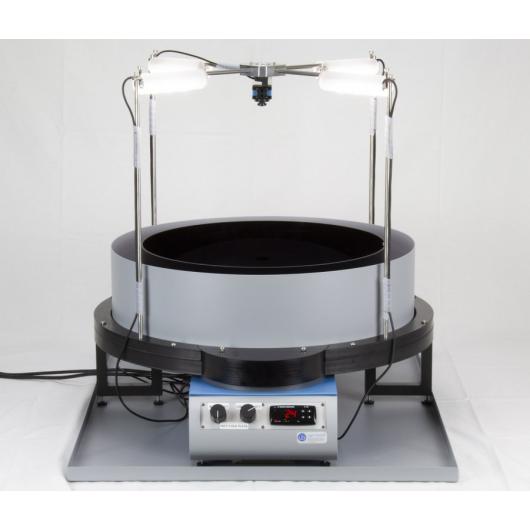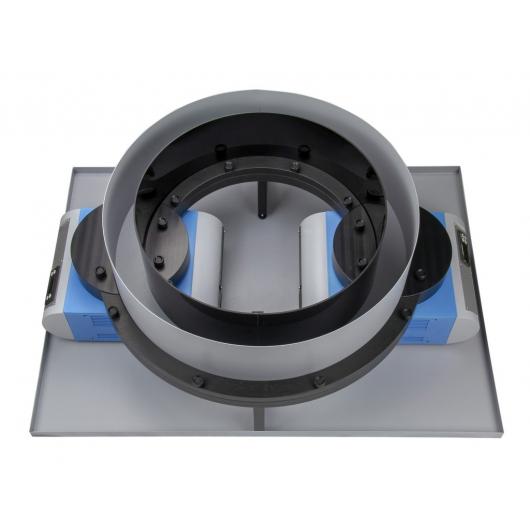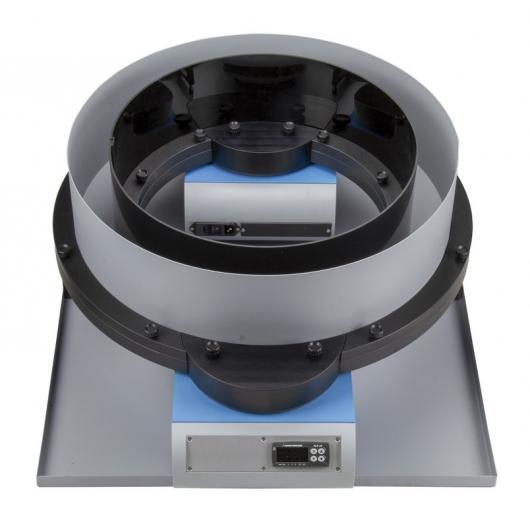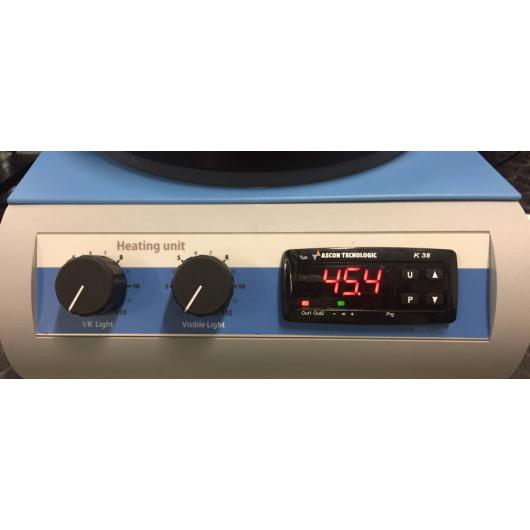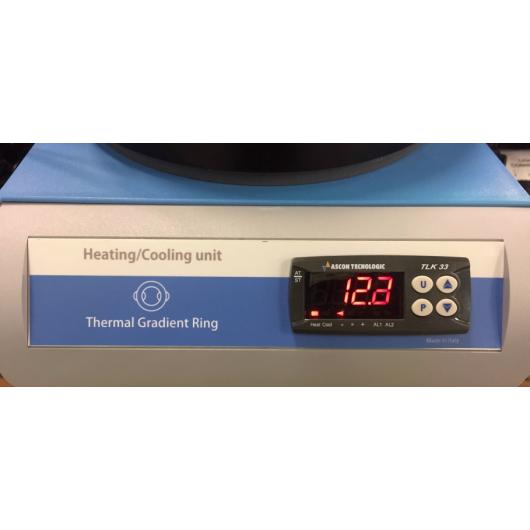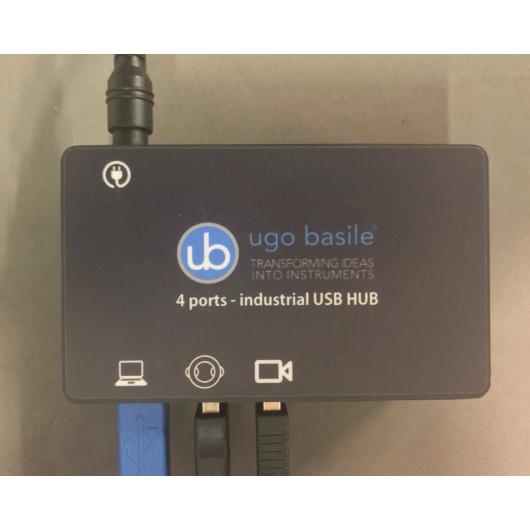










Ugo Basile
TGR - Thermal Gradient Ring (Zimmermann's method)
Code 35550UB
The T-Maze is widely used to measure preference and spatial memory and learning tasks in laboratory animals. Animals learn to alternate between arms based on their memory of the previously visited arms or choose an arm based on the reward presented. The simple T-shape design provides a single choice point with only two alternatives.
Uzziniet vairāk
Apskatīt citus produktus pēc pielietojuma
funkcijos
Features
- High-contrast colors
- Non-reflecting surface
- Ample color selection
- Reasonably rough “warm” surface texture
- Quality materials
Benefits
- Gives optimal results with any Video-Tracking software
- Guarantees optimal camera view and no glare
- Available in grey (standard), blue, white, black, custom color
- Selected for best rodent comfort, non-slippery
- Reliable and durable mazes, easy to clean and store
Application
In behavioral science, a T-maze (or the variant Y-maze) is a simple maze used in animal cognition experiments.[1] It is shaped like the letter T (or Y), providing the subject, typically a rodent, with a straightforward choice. T-mazes are used to study how the rodents function with memory and spatial learning through applying various stimuli. The different tasks, such as left-right discrimination and forced alternation, are mainly used with rodents to test reference and working memory.
In a range of various mazes of differing sizes and many shapes, the T-maze is one of the most simple, consisting of just two turns - right or left. The maze is only able to be altered by blocking one of the two paths.

